Recently, most of the country is in a low temperature state, and some areas should have snow. Low temperature and smog, smog, growers know that this weather is very unfavorable for greenhouse cultivation, mainly because of the cold weather, inconvenient curtains ventilation or inadequate ventilation, often causing low temperature and high humidity in the greenhouse, especially these Diseases (phenomenon), abnormally frequent, take a look at it. First, easy to disease 1, low temperature freezing damage 1. Frozen symptoms Freshly germinated seeds are frozen and most will rot. 2. The leaves are frozen The lighter leaves turn white and are thin paper-like, which is as hot as boiled water and quickly rots. 3. The growth point is frozen The top buds will stop growing, or discolor, or die with a water-soaked ulcer. 4. The stems are frozen Initially it turned purple, and it turned black and died. 5. The fruit is frozen Water-stained, discolored, softened, shrunk or blackened and rotted. 6. Roots are frozen Light stops growing or yellowing, and heavy ones become black and dry. 2, gray mold Low temperature and high humidity environments often cause gray mold in crops, especially tomatoes in greenhouses. Gray mold caused infection of tomato leaves, stems, flowers and fruits, but it was considered to be more serious. Hazard symptoms: Leaf infection Infested from the tip of the wound or the leaf tip or leaf edge of the long-term condensation, it spreads inward in a "V" shape, initially water-stained, and then develops into a yellow-brown color with concentric plaque. 2. Stem infection Gray mold layer is produced when the environment is wet. If it is not removed in time, it will spread to the stem part of the circle and cause necrosis. 3. Incidence after flowering or fruit setting Intrusion from the residual stigma or the defeated petals, infecting the fruit or the stem along the petals, causing the stalk to form a gray-brown necrotic spot. When the air is wet, the fruit rots and produces a thick gray mold layer, resulting in a large reduction in production. . 3, vegetable sclerotinia Sclerotinia sclerotiorum is an important fungal disease in vegetables, which can damage a variety of vegetable crops such as cruciferae, Cucurbitaceae, Solanaceae, Leguminosae, especially in low temperature, hazy days, and humidity in the shed. When the time is big, the incidence is heavy Symptoms: 1. Mainly damaging the stems, leaves and fruits of vegetable crops, causing leaves, stems, fruits to rot, and plants to die. 2. Infested from the weak yellow leaves, flower organs and young fruits of the stem base or middle and lower parts of the plant. 3. In the early stage of the disease, the water-immersed light brown or dark green irregular necrotic lesions were formed, and then the lesions gradually expanded, and the diseased tissues were obviously soft and rot. 4. When the humidity is high, the diseased part produces white cotton-like hyphae, and finally the black rat fecal sclerotia is formed. 4, black star disease It can harm a variety of cucurbit crops such as zucchini, pumpkin, melon and melon. When the temperature is low in winter, especially in greenhouse cucumber, black spot disease occurs seriously, resulting in leaf perforation or cucumber melon deformity, causing serious economic losses. Symptoms: Black spot disease can infect the disease during the whole growth period of cucumber, which can damage the leaves, stems, tendrils, melons and growth points of cucumber, and the young leaves, tender stems and young fruits of plants are most seriously damaged. Seedling disease Yellow-white round spots are produced on the cotyledons, and the true leaves that have just emerged from the slightly larger seedlings are rotten, forming a double-headed seedling and a multi-headed seedling. 2. Leaf disease There are nearly round chlorotic spots on the leaf surface, the edges are star-shaped, yellow-white after drying, and star-shaped holes with yellow halo at the later edges. 3. Melon disease Initially round or oval chlorotic plaque, the diseased area overflows with a transparent yellow-brown gel, and the lesion gradually enlarges, the depression, the gum increases, accumulates in the vicinity of the lesion, and finally falls off. 5, tomato late blight It is a serious worldwide disease, and it is seriously affected in low temperature and high humidity environment. Especially in recent years, the smog is severe in winter and spring, and the light is weak, which causes the late blight of tomato to be more serious. Symptoms: Late blight can damage tomato leaves, stems and fruits. Leaf disease More water-stained irregular lesions are formed from the petiole or leaf margin. When the humidity is high, a white mildew layer can be seen. 2. Stem susceptibility Water-stained dark brown lesions appear in the case of severe stalks, spreading up and down, and producing white mildew when humidity is high. 3. Fruit susceptibility At the beginning of the disease, the oily light brown lesions began to spread from the near fruit stalk, and the moiré was irregular. The surface of the diseased fruit was rough, the texture of the pulp was hard, and the diseased part was dark brown (like rust) and the humidity was high. A white mildew layer can be produced. 6, vegetable downy mildew Downy mildew is a typical high-humidity disease, which does not require high temperature conditions. However, the environmental conditions of low temperature and low temperature in winter are likely to lead to excessive humidity in the greenhouse, leading to the occurrence and prevalence of downy mildew. Downy mildew can harm a variety of vegetable crops such as cucumber, melon, loofah, lettuce, lettuce, etc. It is a very serious disease in vegetable production. Symptoms: 1. Downy mildew damages more vegetable crops, and there are certain differences in the symptoms. 2. The typical symptom of cucumber downy mildew is that yellow chlorotic spots appear on the front of the leaves, which are restricted by the veins. When the humidity is high, the gray-brown mold layer is formed on the back of the lesions. 3. Melon downy mildew with the expansion, the front becomes dark brown, limited by the veins. 4. Cabbage downy mildew, yellow and brown chlorotic spots on the front and white mildew on the back. 7, fruit malformation In the flower bud differentiation period, if the temperature is low and lasts for a long time, the nutrient consumption for respiration is relatively reduced, and the accumulated nutrients in the flower are correspondingly increased. Then, the excess nutrients are transported to the flower buds that are being differentiated, causing the flower bud cells to divide. Over-expanded, the number of carpels increased, thereby differentiating the deformed flowers of the multi-ventricle and producing multi-ventricular malformations. In addition, most vegetables are more than happy, and sufficient sunlight during growth and development is a must. In winter greenhouse cultivation, often due to insufficient light, the photosynthesis accumulated nutrients are reduced, which leads to malnutrition, which is likely to cause a large number of falling flowers, resulting in the fruit not being able to grow normally. In addition, if it is illuminating for a long time, it will cause a significant increase in the incidence of malformation. 8. Acute wilting of leafy vegetables In the continuous haze weather, the roots of vegetable crops are weak, and after continuous cloudy days, if the quilts and straw mats are untied, the temperature in the shed will increase, and the evaporation of the leaves will be large, while the roots will not absorb water. The amount of water evaporated causes acute atrophy of vegetables, which seriously affects crop growth. Therefore, after the yin is cleared, it is advisable to uncover some quilts and straw mats so that the temperature in the shed slowly rises. After the plants resume growth, they are all uncovered and normal water and fertilizer management. Second, preventive measures In the prevention and control, we mainly grasp 4 points: one defense, two increase, three guarantees, and four falls. 1, "one defense" chemical prevention 1. Follow the principle of early prevention. Before the advent of bad weather such as rain, snow, fog and smog, it can be prevented by spraying protective fungicides such as chlorothalonil, carbendazim and azoxystrobin. 2. When the humidity in the shed is relatively high, but the disease has to be prevented, in order to avoid increasing the humidity in the field, try to apply the dust method or the smoke method. If the spray method is applied, the number of prevention and treatment can be reduced as much as possible. Foliar fertilizer is used in combination. 3. Vegetable gray mold: procymidone, iprodione, pyridine, carbendazim, azole ether, fluoroamide and other agents. 4. Vegetable sclerotinia: boscalylamine, procymidone, prochloraz, and sclerotia. 5. Black spot disease: azoxystrobin, flusilazole, nitrile bacteria, thiram and other agents. 6. Tomato late blight: downy mildew, cymoxanil, enoylmorpholine, fluorobacteria, propamocarb, fluthiazolone and other agents. 7. Vegetable downy mildew: propofol, enoylmorpholine, fluthiazolone, enoylpyrazole and other agents. 2, "two increase" increase lighting In general, tomato, eggplant, cucumber and other warm vegetables, the minimum temperature at night is controlled at 13-15 ° C, and below 12 ° C should increase insulation measures. (1) Always wipe the shed film to maintain a high transmittance of the shed film. (2) Remove the old leaves of the diseased leaves of the vegetable plants and enhance the ventilation and light transmittance between the plants. (3) Uncover the grasshopper at noon and let the scattered light penetrate into the greenhouse. (4) Covering quilts, grass mites and shed films. 3, "three guarantees" to maintain temperature (1) Keep the quilt dry and apply a layer of rain and snow on the quilt. (2) Temporarily uncover the quilt. Generally, when the morning sun shines on the entire shed, the quilt can be opened. In the afternoon, the quilt can be covered when the temperature in the shed falls to 20 °C. (3) Reduce the number of visits to and from the greenhouse and reduce the loss of heat in the greenhouse. 4, "four drops" reduce humidity Higher humidity is an important factor in the occurrence and prevalence of many diseases, so the field humidity is reduced as much as possible. (1) Covering the mulch to reduce evaporation of surface water. (2) The method of ventilation should also be appropriate. Generally, the temperature is raised first. When the moisture is turned into hot air, the air is released, which can effectively reduce the humidity in the shed. (3) It is also possible to greatly reduce the humidity increase in the greenhouse by spraying straw, rice husk, etc. in the operation line. (4) In low temperature rain and snow weather, we should also carry out short-term air release and dehumidification at noon, and control the number of watering and water volume in low temperature weather, try not to water. Shaanxi Kang New Pharmaceutical co., Ltd. , https://www.bodybuildingoil.com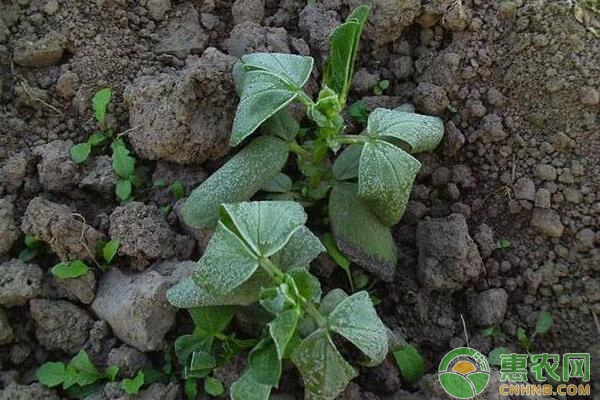
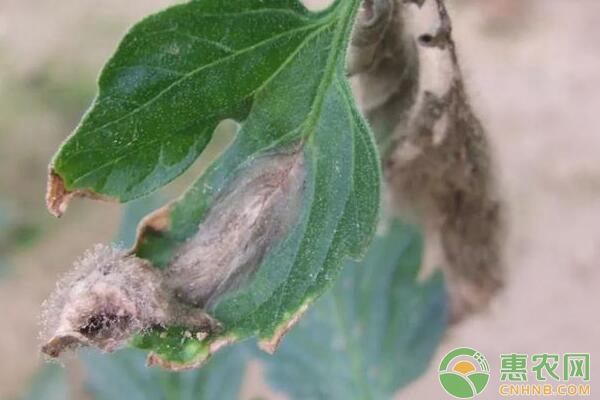
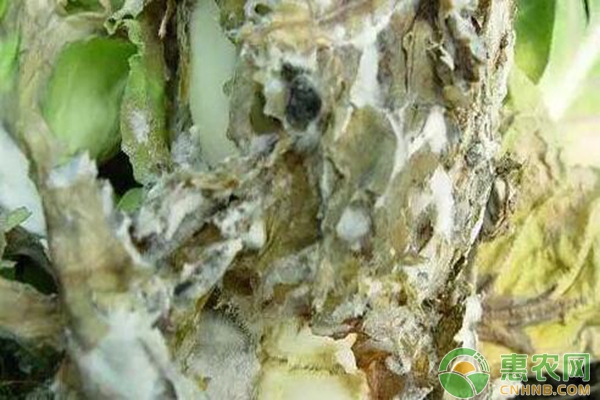
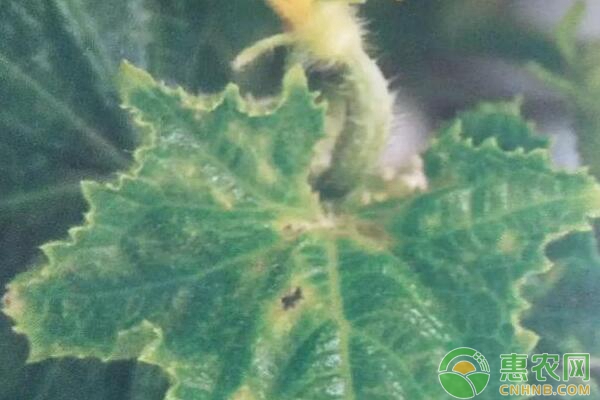
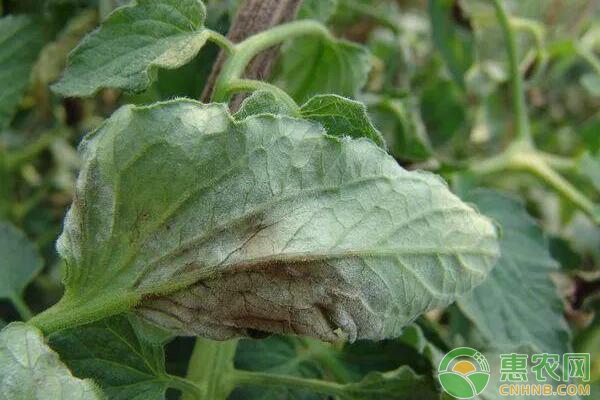
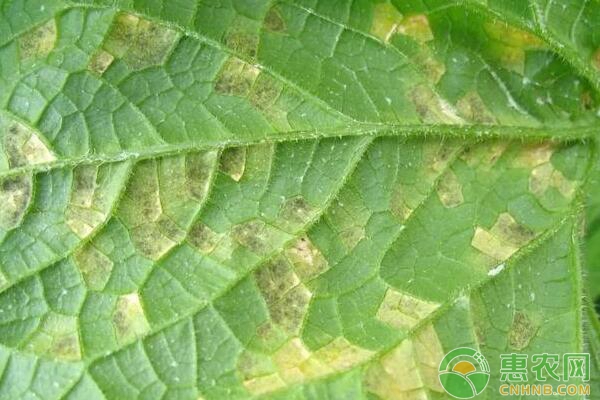
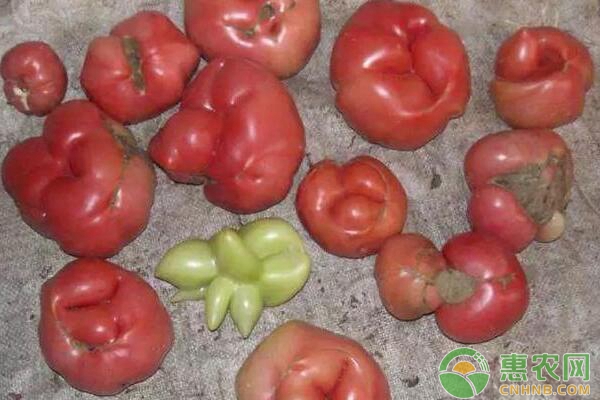
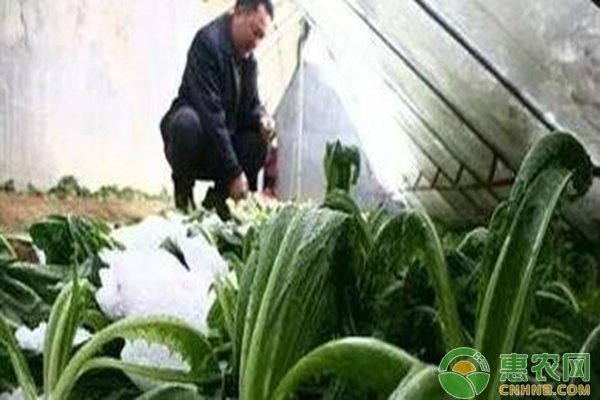
Precautionary measures for common diseases in greenhouses in winter: one defense, two increases, three guarantees, four drops
Prev Article
Fast Hair Removal Beauty Machine